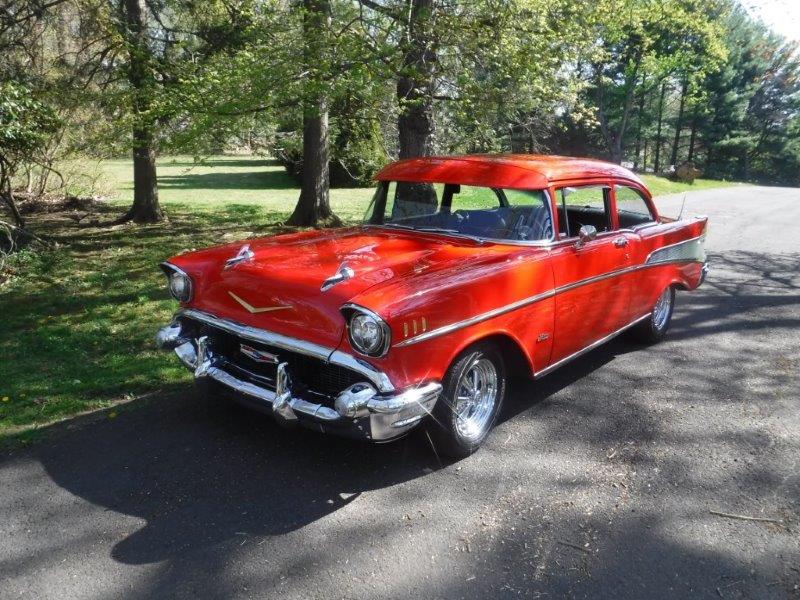Classic muscle cars hold a special place in the heart of almost all Americans. The image of a 1970 Chevrolet Camaro Z28 or a 1969 Dodge Charger roaring down an empty freeway reminds us of a time when American cars were, well…American! For some of us, the nostalgia of the muscle car golden age is so overwhelming that we have just got to get our hands on one! But, what should you consider before you go out and buying a classic muscle car? Here at JD’s Auto Repair, we’ve got four key tips to ensure you buy smart to buy right!
- Be sure you know what you want!
Classic muscle cars are a serious investment, so buying one and then realizing you can’t do all the things you wanted to would be a real disappointment! Are you looking for a meticulously restored vehicle to showcase at classic car shows? Or are you looking for a weekend cruiser? Maybe you want to be the cool parent who treats their classic muscle car like a normal car for the grocery shopping and the school run? Whatever the plan, make sure you buy smart to ensure that you’re not disappointed with your purchase. If you want a car for regular driving, getting one that has had significant upgrades to the handling might be a good idea, but if you want to showcase it, purists are likely to be more impressed if it has all the original parts and features!
- Don’t be frugal!
There are things that are worth saving money on – groceries, vacation packages or maybe even out of season clothing – NOT a classic muscle car! If you think you can buy a cheap hunk of junk and turn it into a top road racer on a budget then you’re likely to be in for a nasty surprise. The truth is that restoration projects are expensive and usually only taken on by those who have a real passion for the work as well as the driving. Not only are parts hard to come by, but as a classic car that’s in serious need of work may not have been touched in nearly 40 years, it’s likely that there will be quite a lot of structural damage.
- Keeping the car is also a fulltime job!
Unlike regular cars, classic cars are likely to need regular maintenance work just to keep them running. This may include having to tune the suspension, change the oil or replace parts like the carburetor and the gearbox more often than modern cars. You’ll also need somewhere dry to store your new favorite toy because even one long winter can cause significant rust damage to the body of most classic cars from the 60s and 70s.
- Consider how it drives!
You might watch movies like Vanishing Point and Gone in 60 Seconds (the original one of course) and think, “wow, I can drive my muscle car like those guys!”. Well, unless you’re a professional stunt driver or a seasoned road racer than it’s highly unlikely. The truth is that many classic muscle cars compromised on handling for increased horsepower, meaning that without the addition of upgrades like stocks and struts or sway bars to strengthen the chassis, it will probably only handle well in a straight line! Of course, adding handling upgrades will compromise on the authenticity of the ride, so you need to consider which is more important to you!
Classic muscle cars epitomize a golden age in American engineering, and if you find yourself getting nostalgic about reliving those great years by buying one, ensure you take into account the four tips mentioned above!

